News Beat
News Beat reporting is an idrw.org initiative to let our Readers to report News Based on Actual facts but some how has not been reported in Main Stream Media .
SOURCE: RAUNAK KUNDE / NEWS BEAT / IDRW.ORG
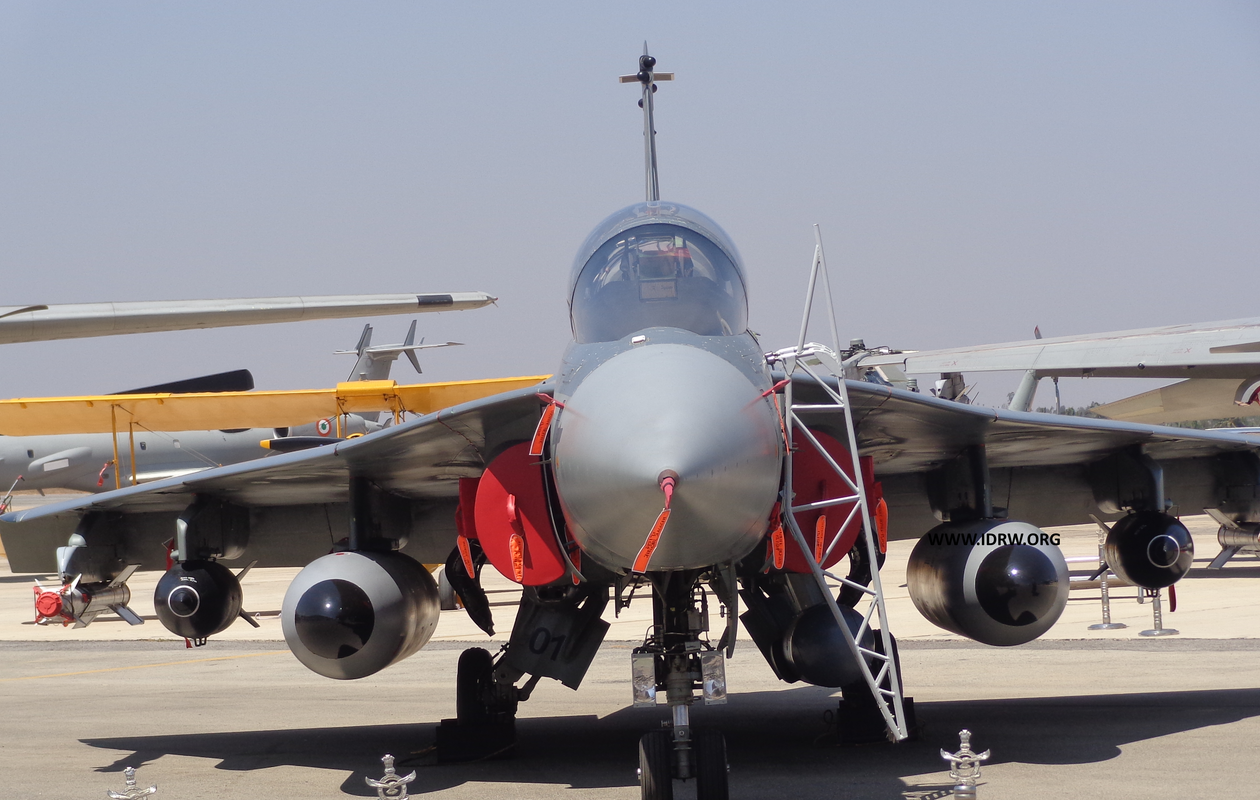
In a significant stride towards advancing India’s aerospace capabilities, the Aeronautical Development Agency (ADA) and Hindustan Aeronautics Limited (HAL) are actively engaged in developing next-generation technologies for the Light Combat Aircraft (LCA)-Tejas Mk1A.
According to prominent defence journalist Anantha Krishnan M, these efforts aim to incorporate cutting-edge advancements, including artificial intelligence (AI) and electronic pilot systems, into the LCA-Tejas Mk1A platform.
Continue readingSOURCE: RAUNAK KUNDE / NEWS BEAT / IDRW.ORG

The Centre for Airborne Systems (CABS) has officially begun the hunt for a cutting-edge Mission System for the highly anticipated Airborne Early Warning and Control System MK-1A (AEW&CS). This upgraded version of India’s current Netra Mk1 AEW&CS promises to bolster the Indian Air Force’s (IAF) aerial surveillance and command capabilities.
The MK-1A aims to significantly modernize the existing system, phasing out several imported components. Gone will be the reliance on foreign ground-based Data Links, ground-based & airborne terminals, and even Electronic Intelligence (ELINT) and Radar Warning Receiver (RWR) systems. This ambitious project marks a major step towards indigenous defence production and technological self-reliance.
Continue readingSOURCE: RAUNAK KUNDE / NEWS BEAT / IDRW.ORG
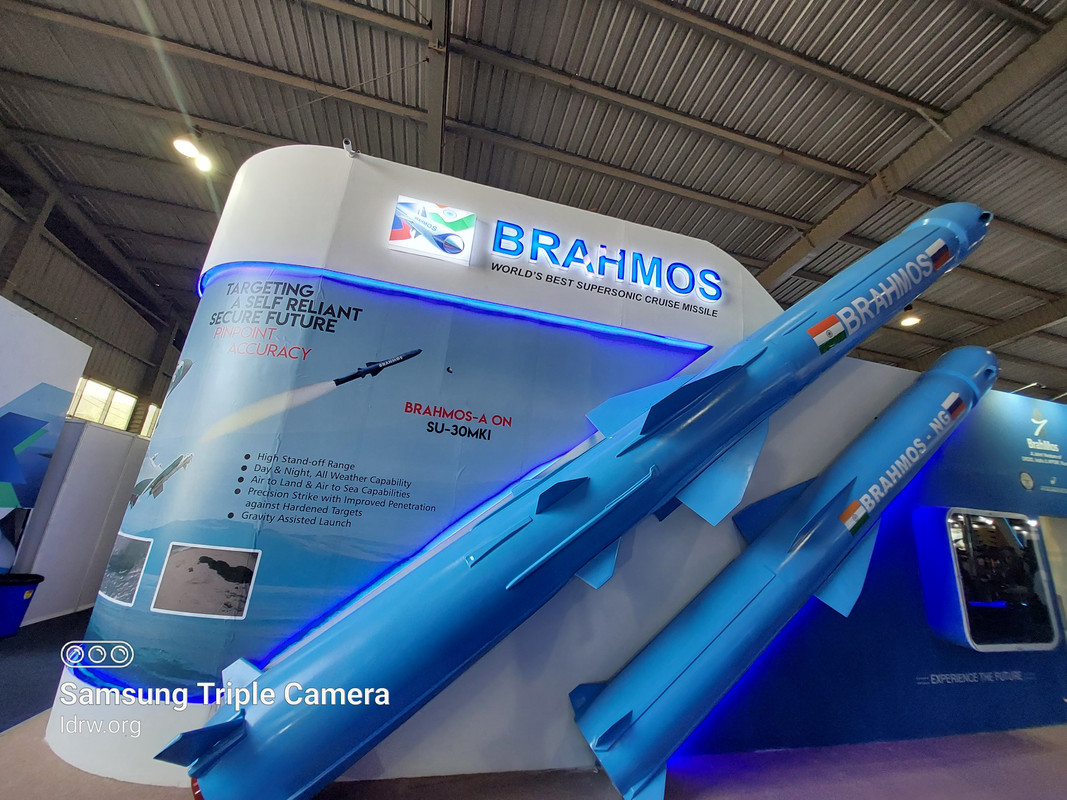
India’s supersonic cruise missile, the BrahMos, is gaining steam in the international arms market, with a second Southeast Asian country close to sealing a deal and promising negotiations with three more nations. This marks a significant step for India’s defence exports and its ambitions to become a major defence technology supplier.
Following the landmark deal with the Philippines, the second Southeast Asian nation is on the verge of joining the BrahMos club. While specifics remain confidential, sources believe the contract could be finalized later this year, boosting India’s strategic presence in the region. Talks with another Southeast Asian country are also progressing, potentially expanding BrahMos’ footprint in the vital Indo-Pacific.
Continue readingSOURCE: RAUNAK KUNDE / NEWS BEAT / IDRW.ORG
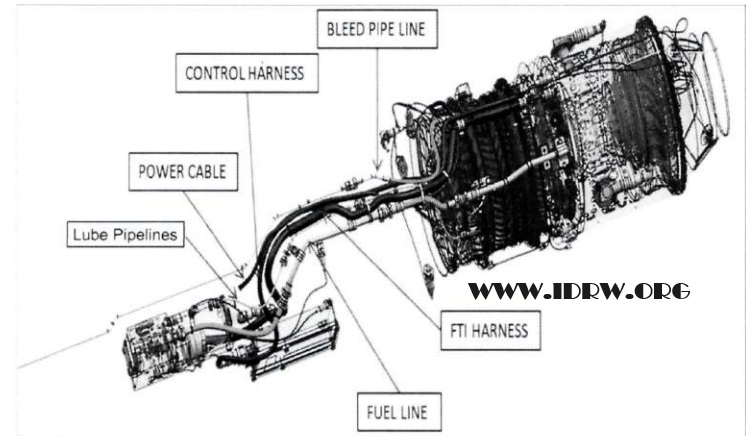
The Defence Research and Development Organization’s (DRDO) Gas Turbine Research Establishment (GTRE) has recently issued a tender that signifies a significant stride in India’s pursuit of cutting-edge technology. The tender calls for the development of manufacturing, assembly, and engine integration technologies, along with the manufacturing of engine hardware and the supply of 20 units of assembled Advanced Turbo Gas Generator (ATGG) Engines, including spares.
The key objective of the tender issued by GTRE is to invite Indian industry partners to participate in the development, manufacturing, and supply of ATGG Engines. This includes the creation of technologies for efficient manufacturing processes, assembly techniques, and integration methods. The tender outlines a timeline of 30 months for the Indian industry partner to deliver 20 units of assembled ATGG Engines along with necessary spares.
Continue readingSOURCE: RAUNAK KUNDE / NEWS BEAT / IDRW.ORG
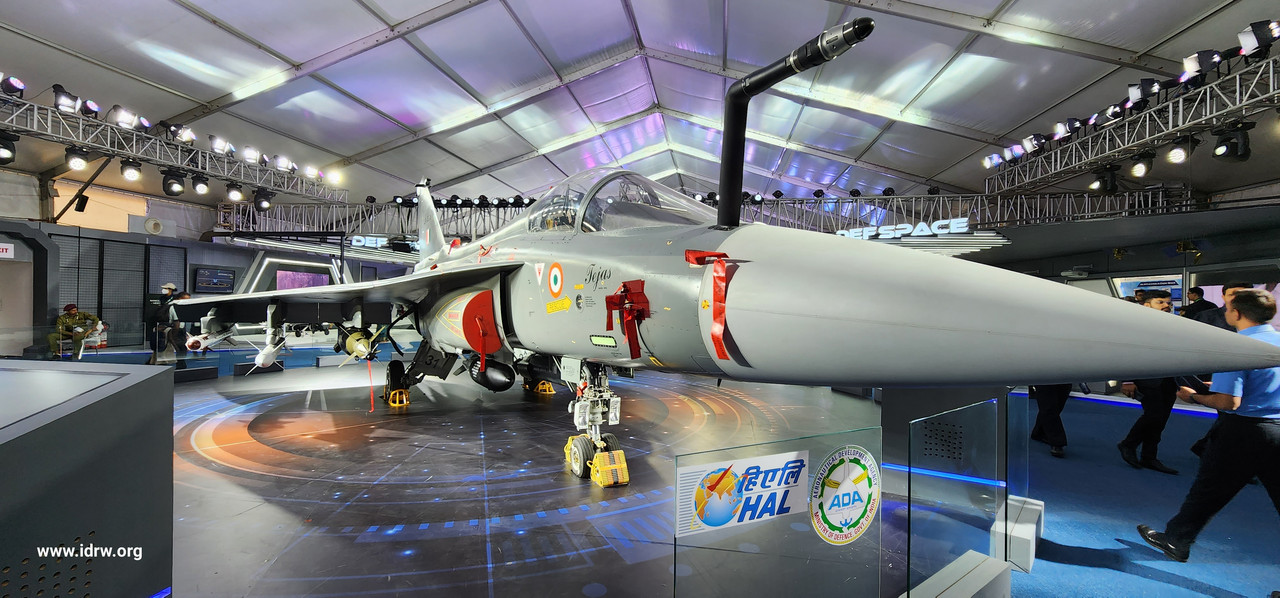
The Indian Air Force (IAF) is gearing up for a major boost in its domestic fighter jet capabilities, planning to acquire an additional 97 Light Combat Aircraft (LCA) Tejas Mk1A aircraft on top of the 83 already ordered in 2021. This ambitious acquisition plan signifies a strong commitment to indigenous fighter development and promises to significantly shape the IAF’s future fleet composition.
The initial batch of 83 Tejas Mk1A jets, with deliveries starting in February 2024, will primarily replace ageing MiG-21 squadrons scheduled for retirement by 2025. This phased acquisition allows for a smooth transition and ensures no gaps in aerial defence capabilities.
Continue readingSOURCE: RAUNAK KUNDE / NEWS BEAT / IDRW.ORG
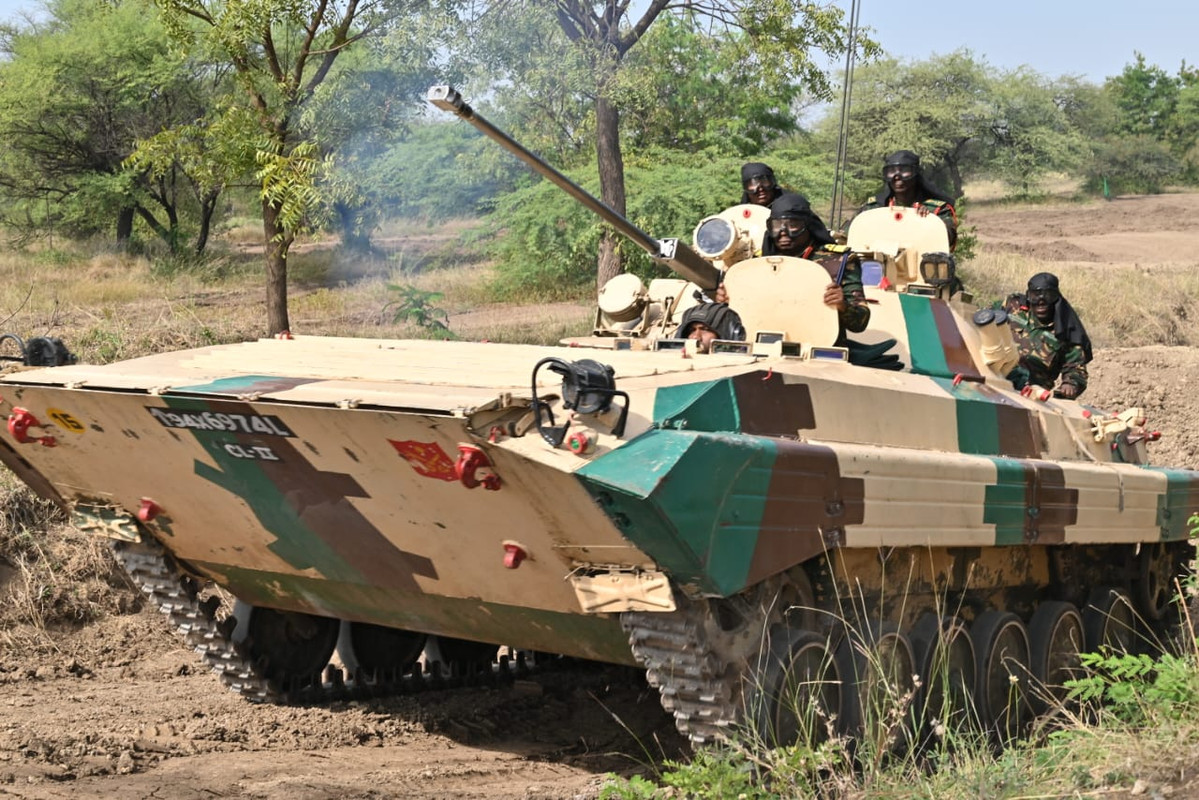
India and Tanzania’s military ties are heating up, with defence equipment sales talks ramping up and armoured vehicles taking centre stage. General Jacob John Mkunda, Tanzania’s Chief of Defence Force, made a strategic visit to India’s Mechanised Infantry School in Ahmednagar last month, where he witnessed demonstrations of two key contenders: the Indian-made BMP-II Infantry Combat Vehicle and the DRDO’s WhAP 8×8 Amphibious Wheeled Armoured Vehicle.
Tanzania’s military faces the challenge of ageing Soviet-era Armoured vehicles like the BTR-152 and BRDM-2. Modernization is a crucial goal, and Indian options seem to be gaining traction. The BMP-II, a Russian design manufactured in India under license, offers proven firepower and infantry support capabilities. Meanwhile, the WhAP 8×8, a domestically developed amphibious vehicle, boasts impressive manoeuvrability and all-terrain prowess, perfect for Tanzania’s diverse landscape.
Continue readingSOURCE: RAUNAK KUNDE / NEWS BEAT / IDRW.ORG

In a recent visit by India’s External Affairs Minister, S. Jaishankar, to Russia last month, Russia reiterated its offer to supply the AL-41F-1S (article 117S) aircraft engine for India’s Sukhoi-30MKI fleet. The AL-41F-1S is a modular two-shaft turbofan engine equipped with thrust vector control and integrated digital control systems.
Currently, the Indian Air Force’s (IAF) Su-30MKI fleet is powered by the AL-31FP (122.6 kN) engine. However, in a significant development, Hindustan Aeronautics Limited (HAL) has recently received approval for the upgrade of the Sukhoi-30MKI, where 84 Su-30s from the first batch will undergo a comprehensive transformation. The upgrade includes the installation of all-new avionics and an Indian-developed Active Electronically Scanned Array (AESA) Radar. Over 50 major subsystems will be replaced by indigenous systems.
Continue readingSOURCE: RAUNAK KUNDE / NEWS BEAT / IDRW.ORG
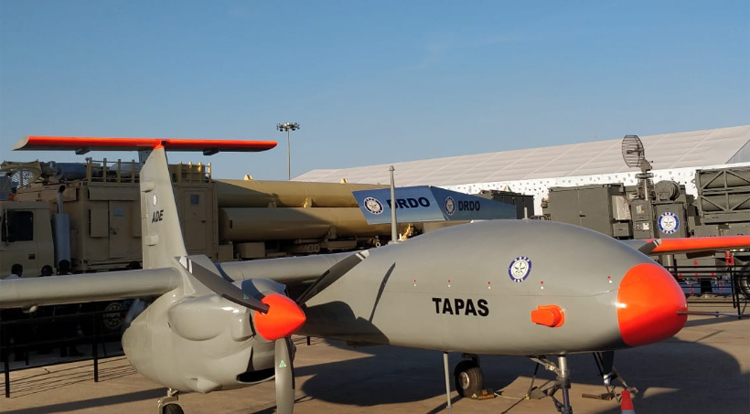
India’s endeavour into the development of unmanned aerial vehicles (UAVs) has been marked by ambitious projects such as the Rustom-II (Tapas), designed to be a medium-altitude long-endurance (MALE) UAV. However, recent reports suggest that this ambitious venture might never see production due to a myriad of challenges faced by the Aeronautical Development Establishment (ADE) in meeting the Preliminary Staff Qualitative Requirements (PSQR) standards.
One of the major stumbling blocks for the Rustom-II (Tapas) program was its failure to meet the Preliminary Staff Qualitative Requirement (PSQR) requirements. The UAV was expected to reach an altitude of 30,000 feet and demonstrate a flight time of 20 hours. Regrettably, the vehicle fell short of these benchmarks, leading to reconsideration of its viability for production.
Continue readingSOURCE: RAUNAK KUNDE / NEWS BEAT / IDRW.ORG

Bangalore-based drone startup NewSpace Research and Technologies (NRT) is making waves with its innovative Combat Cloud platform, designed for data fusion and distribution within drone swarms. This cutting-edge technology, part of NRT’s Fused Teaming with Unmanned Rapid Effects (FUTURE) initiative, promises to revolutionize battlefield communication and decision-making.
Imagine a network where authorized drones, each a node, seamlessly share and analyze critical data. This is the essence of Combat Cloud. Each drone acts as a sensor and processor, contributing to a shared intelligence picture that empowers faster command and control (C2), quicker OODA loop closure (Observe, Orient, Decide, Act), and intelligent decision-making at the edge of the battlefield.
Continue readingSOURCE: RAUNAK KUNDE / NEWS BEAT / IDRW.ORG
Amidst whispers and speculation, India’s indigenous Archer-NG, a Medium-Altitude Long-Endurance (MALE) Unmanned Aerial Vehicle (UAV), is poised to take flight. Developed by the Aeronautical Development Establishment (ADE) of DRDO, the Archer-NG promises to strengthen India’s aerial surveillance and strike capabilities.
Contrary to speculation, the Archer-NG is not a licensed variant of the Israeli Heron MkII. While it draws inspiration from existing technologies, it marks a significant leap forward in indigenous design and development. In fact, the project leverages the extensive expertise gained through the Tapas program, a crucial stepping stone in India’s UAV development journey.
Continue readingSOURCE: RAUNAK KUNDE / NEWS BEAT / IDRW.ORG
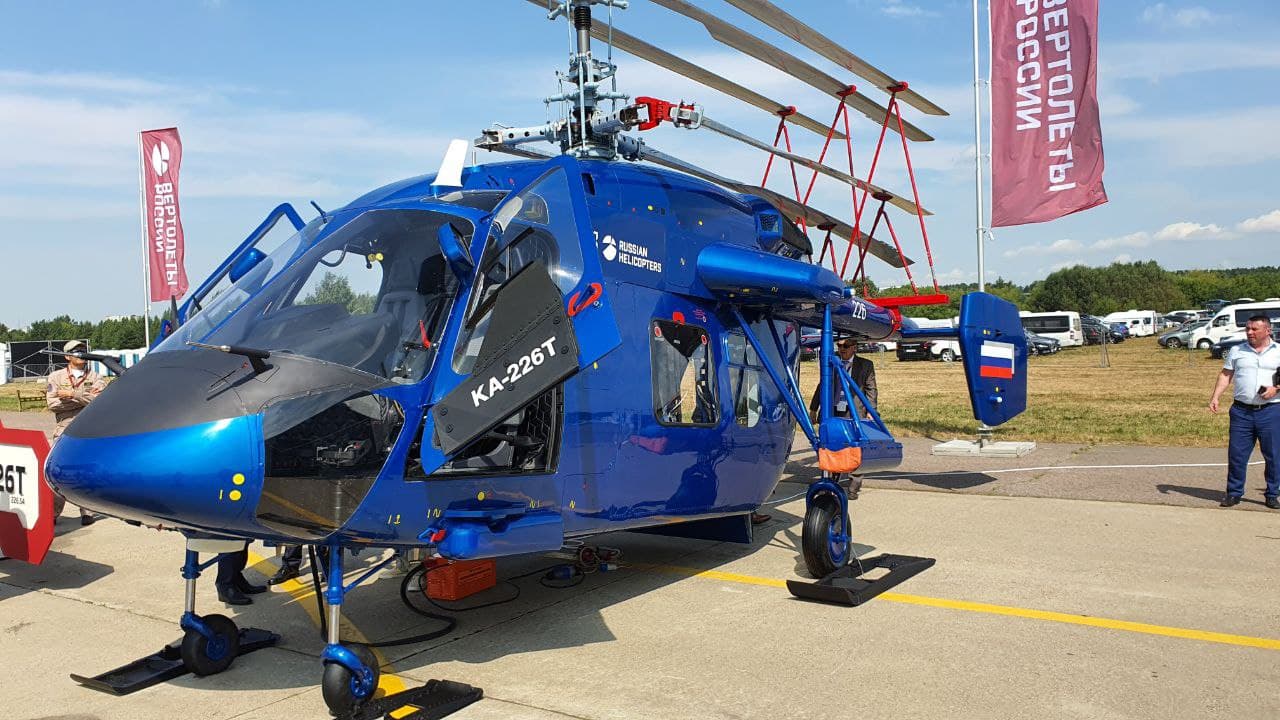
India’s long-held dream of replacing its ageing Cheetah and Chetak helicopters with modern Russian Ka-226Ts seems to be grounded over complex engine issues. Though chosen by both the Indian Army and Air Force, two critical roadblocks threaten the program’s future:
Despite ambitious goals, India’s state-owned Hindustan Aeronautics Limited (HAL) is struggling to achieve the desired level of local manufacturing for the Ka-226T. The current French engine hinders reaching the stipulated 75% localization target, falling short at 62.4%.
Continue readingSOURCE: RAUNAK KUNDE / NEWS BEAT / IDRW.ORG
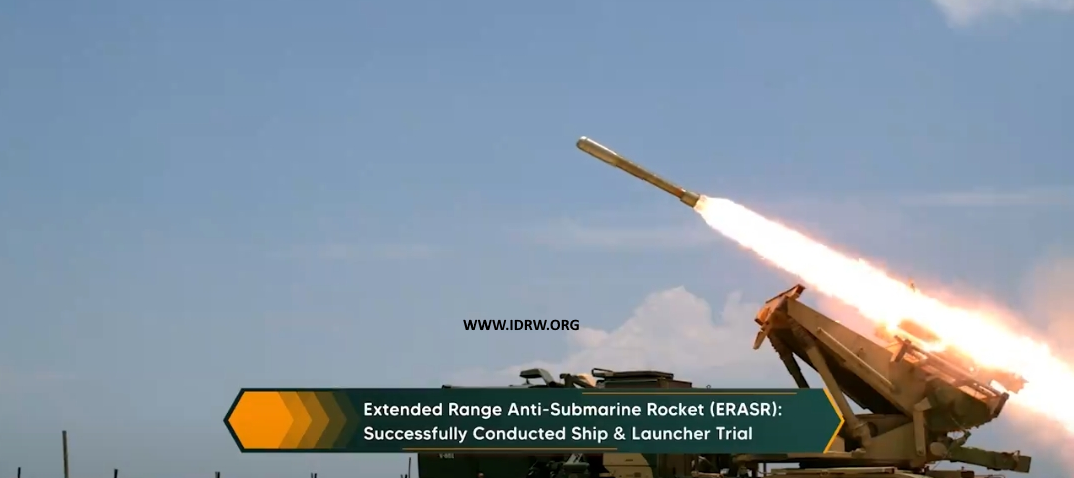
In a groundbreaking development showcased in the DRDO Year End Review of 2023, the Defence Research and Development Organisation (DRDO) unveiled the first image of a land-based system of the Extended Range Anti-Submarine Rocket (ERASR). This technological marvel, developed by the Armament Research & Development Establishment (ARDE), signifies a significant advancement in India’s anti-submarine warfare capabilities.
The ERASR completed successful trials from Ship and Launcher Trials in 2023, marking a pivotal moment in the evolution of anti-submarine weaponry. Developed by ARDE, the Extended Range Anti-Submarine Rocket (ER-ASR) is designed to enhance the range of the existing RGB-60 Anti-Submarine Rocket from 5.3 km to an impressive 8.0+ km. The successful trials validate its effectiveness in real-world scenarios, setting the stage for its potential deployment in naval operations.
Continue readingSOURCE: RAUNAK KUNDE / NEWS BEAT / IDRW.ORG
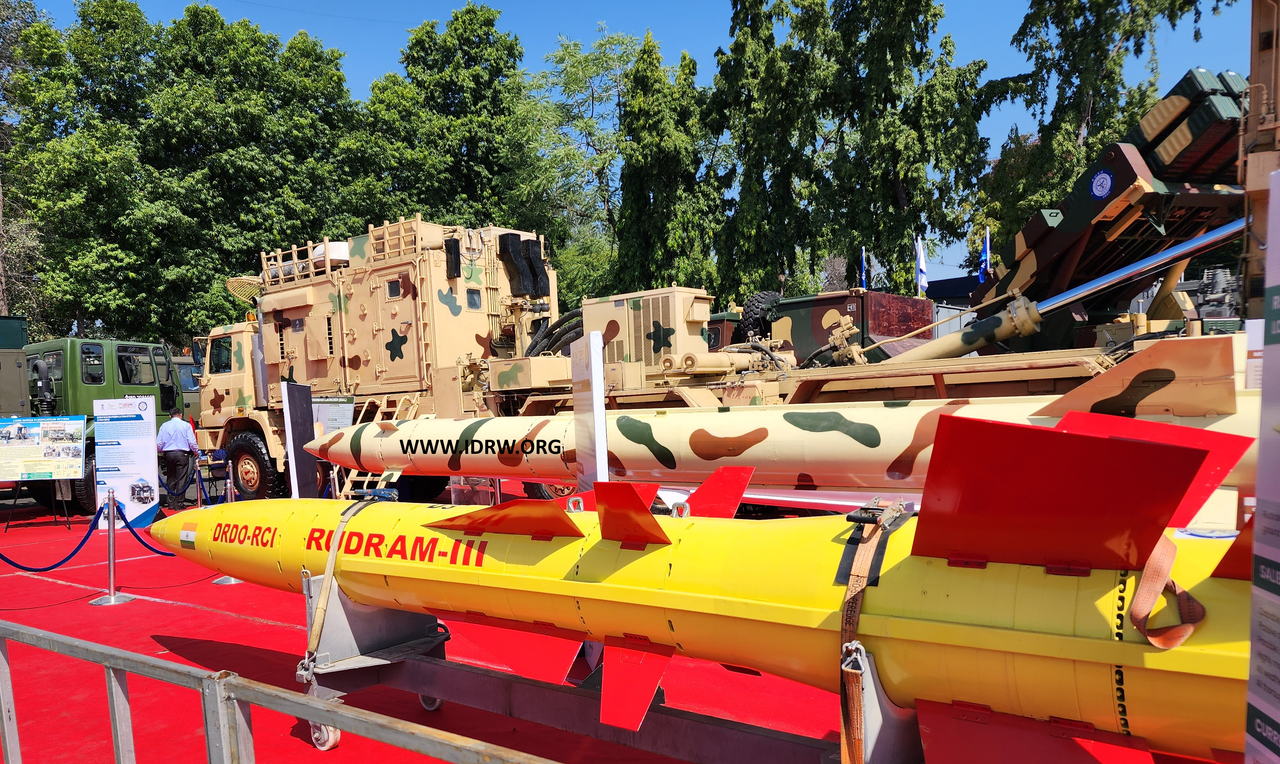
As 2023 draws to a close, India’s missile arsenal stands poised for further expansion in 2024. With a consistent record of both public and classified tests throughout the year, the Defence Research and Development Organisation (DRDO) is gearing up for more trials and potentially unveiling game-changing technologies.
Here’s a glimpse into what we can expect:
Continue readingSOURCE: RAUNAK KUNDE / NEWS BEAT / IDRW.ORG
India’s Aeronautical Development Establishment (ADE) is gearing up for the next chapter in its unmanned aerial vehicle (UAV) program with the upcoming Archer-NG. This indigenously developed Weaponized Medium Altitude Long Endurance (MALE) UAV promises to be a game-changer, offering advanced capabilities for Intelligence, Surveillance, Target Acquisition, Tracking and reconnaissance (ISTAR) missions and even venturing into strike roles.
At the heart of Archer-NG lies a powerful engine, crucial for its impressive performance. Initially, the UAV will be powered by an Austro Engine 330EP, generating 177 HP. However, the true potential lies in the indigenous engines being developed by the Vehicle Research and Development Establishment (VRDE).
Continue readingSOURCE: RAUNAK KUNDE / NEWS BEAT / IDRW.ORG
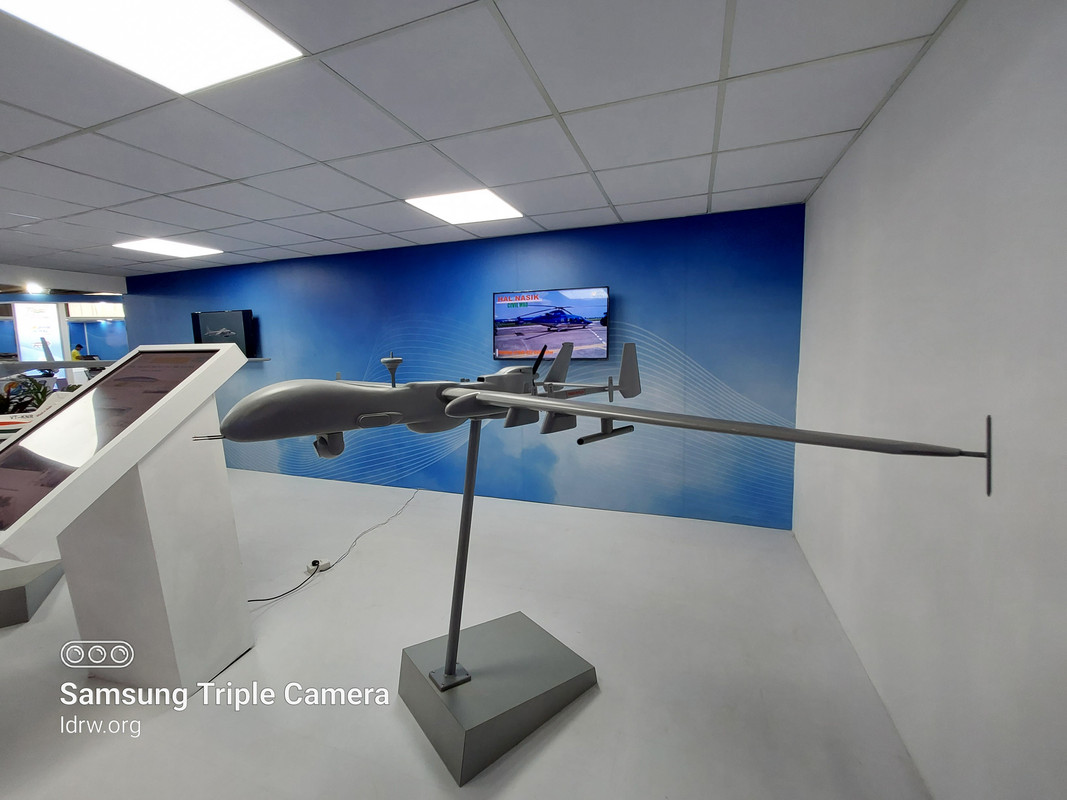
Following the closure of India’s Tapas Medium Altitude Long Endurance (MALE) UAV program due to technical shortcomings, Israel Aerospace Industries (IAI) has stepped forward with an offer to locally manufacture its Heron Mk II unmanned aerial vehicles (UAVs) in collaboration with Hindustan Aeronautics Limited (HAL). This proposal comes in the wake of IAI’s successful supply of Heron Mk II UAVs to the Indian Air Force (IAF) and the growing emphasis on indigenous manufacturing in the defence sector.
IAI’s Heron Mk II UAVs, recently procured by the Indian Air Force, have demonstrated advanced capabilities, prompting IAI to extend an offer for local manufacturing in collaboration with HAL. This proposal aligns with India’s push for self-reliance in defence manufacturing and technology, emphasizing the importance of indigenous production.
Continue reading